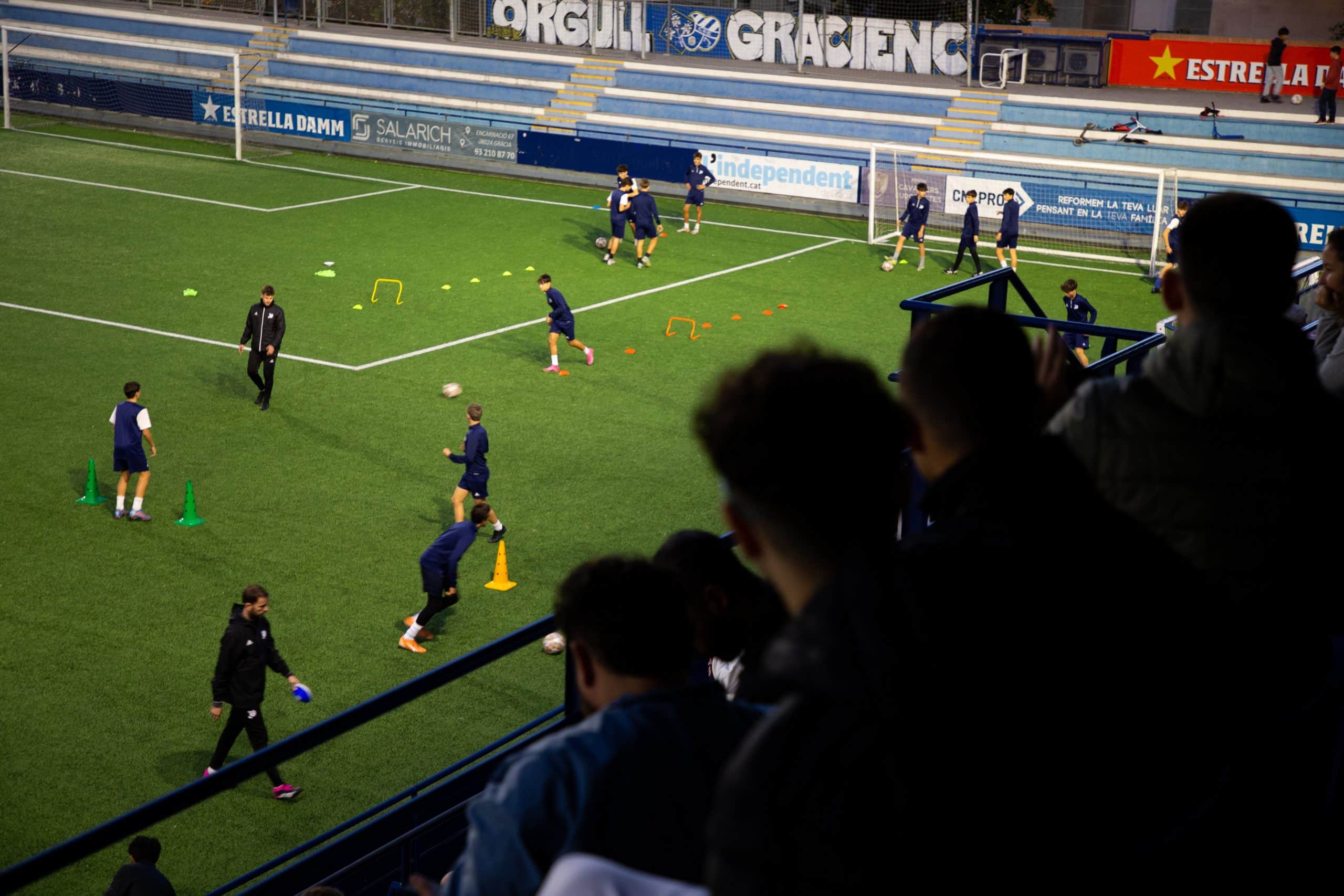Strategic planning is an essential part of competitive football, where every detail counts towards victory. In this sense, the development of a match plan becomes a crucial component for any team that aspires to succeed on the pitch. This process involves a careful evaluation and analysis of various aspects that enable the team to face the opponent with the best possible strategy.
Here, we explore the five fundamental steps in the preparation of a match plan and their importance in the team’s success.
-
Own Analysis
The first point to consider when preparing a match plan is to thoroughly understand the strengths and weaknesses of one’s own team. This internal analysis covers several aspects, from the current state of the team to the relationships between the players and the individual characteristics of each player.
Assessing where the group stands and where they need to improve is essential to establishing an effective strategy.
By examining one’s own analysis, different parameters are broken down that will guide the team in its collective structure. From defensive organisation to attacking transitions, each aspect of the game is examined to identify areas of improvement and strengths that can be exploited during the match.
-
Opposition Analysis
Once you have assessed your own team, the next step is to analyse your opponent. This analysis involves gathering detailed information about the opponent’s strengths and weaknesses, the different behaviours and structures used in each of the four phases of the game and their respective moments, as well as set pieces and the individual profile of their players.
Knowing the opponent allows the team to anticipate their movements and adjust the strategy accordingly. It studies the opponent’s behavioural patterns and looks for possible weaknesses that can be exploited during the match.
Analysing the opponent provides a clearer picture of the challenges the team will face and helps develop a specific strategy to counter their strengths and maximise the chances of success.
-
Identifying Key Moments and Developing Methodological Patterns
The third step in the preparation of the match plan involves identifying the key moments of the game through filtering all the information and developing methodological patterns, as we explained in the post ‘FROM ANALYSIS TO THE PLAYING FIELD’.
These moments can arise in different phases of the match and include situations such as corner kicks, defensive transitions or counterattacking opportunities. Identifying these moments allows the team to focus their efforts on specific areas where they can make a difference and gain an advantage over the opposition.
Within this information transfer process, the following two questions should be kept in focus:
– What have we observed?
– How does it serve us?
Once these two questions have been answered, the coach and coaching staff can then look in more depth at how to transfer all the information gathered to the team. Therefore, these key moments become the focus of attention during match preparation, either through training or video sessions. In other words, they will be the main focus where the team will concentrate on developing specific strategies designed to take advantage of these opportunities during the match.
-
Key Tactical Points
The fourth step in the preparation of the match plan involves developing different ‘scenarios’ to address the identified key moments. These tactical cues are adjustments at a structural and behavioural level that the team will adopt at specific moments in the play where it is identified that the structure and behaviour of the opponent may hinder the development of our principles or sub-principles of play outlined by the Game Model (GM).
It is essential to communicate these tactical key points effectively to the team and ensure that they are prepared to implement them on the pitch.
The realisation of ‘scenarios’ may include adjustments to the dynamic organisations or changes to the different principles or sub-principles within the GM. By developing these tactical cues, the team can improve its ability to adapt to the demands of the match and make informed decisions on the field of play.
For example, if a team defends the moment of the static build-up by marking man-to-man to force the opponent to play long, but the opponent’s forwards are dominating aerial duels, it could change its strategy. Instead of forcing the long pass, it would look to allow the opposition to play short and then press them.
-
Interpretation of Sequences
Finally, other aspects that should be remembered, and no less important, are the interpretations of sequences that we have programmed into our Game Model.
The fact of having prepared and trained certain adjustments depending on certain situations related to the minute of play, score or possible sending-offs, will help the team to remain competitive by adapting to these new situations.
Conclusion
Preparing a match plan is a complex process that requires detailed analysis and a thorough understanding of one’s own squad and opponents. By following these five fundamental steps, teams can increase their chances of success and approach each match with confidence and determination. Strategic planning not only provides a competitive advantage, but also fosters team cohesion and strengthens the team’s ability to overcome challenges on the field of play.







